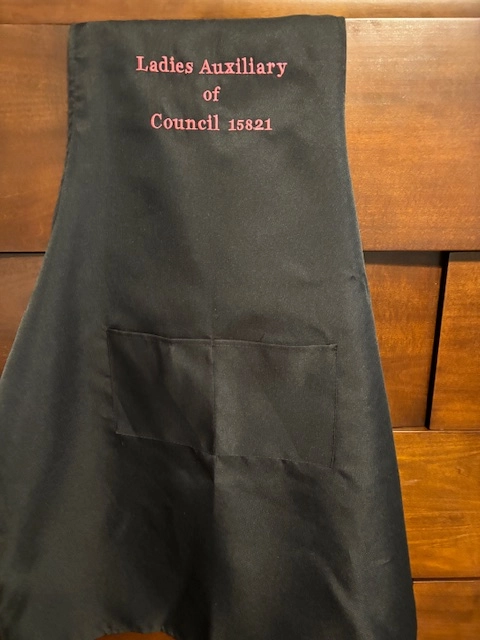Customized Mugs with Custom-made Embroidery Styles for a Special Gift
Customized Mugs with Custom-made Embroidery Styles for a Special Gift
Blog Article
The Art of Custom Needlework: Unlocking the Secrets to Creating Unique and Memorable Layouts
The tricks to developing custom-made needlework styles that mesmerize the eye and leave a long lasting impact lie in a delicate equilibrium of method, imagination, and focus to detail. As we delve into the world of custom needlework, we uncover the nuanced interaction between thread selection, stitch complexity, and style personalization that raises a simple garment to a work of art.
Selecting the Right Embroidery Threads
When choosing embroidery strings, what crucial elements should you take into consideration to make certain the finest results for your custom layouts? The selection of embroidery thread is important in establishing the final result of your stitched layout. Among the primary considerations is the material of the string. Different products such as cotton, polyester, rayon, and silk offer varying levels of luster, resilience, and structure. It is crucial to select a thread material that matches the textile you are stitching on and lines up with the desired look of the design.
Thicker strings can include measurement and appearance to your style, while finer strings are optimal for elaborate details and small message. In addition, taking into consideration the color fastness and washability of the thread is important to ensure that your customized designs preserve their top quality and vibrancy over time.
Exploring Different Stitch Methods
To explore the world of 'Checking out Different Stitch Techniques', one should understand the intricacies and nuances that each sewing method offers the art of needlework. Various stitch strategies not just add visual passion however additionally add to the overall appearance and measurement of the layout. One popular stitch technique is the satin stitch, which entails very closely stuffed parallel stitches to create a smooth and glossy surface area, suitable for filling in forms and creating strong details.
On the other hand, the backstitch is a flexible technique usually made use of for describing and adding fine details. It includes stitching backward to create a strong line of embroidery. Additionally, the French knot stitch adds a tactile component to designs, perfect for producing distinctive accents like blossom facilities or ornamental touches.
Checking out different stitch techniques permits embroiderers to have fun with light, shadow, and deepness within their styles, elevating the visual appeal and creative top quality of their embroidery jobs. By understanding various stitching techniques, one can open limitless possibilities for creating one-of-a-kind and unforgettable personalized needlework items.
Incorporating Personalized Design Aspects
Having actually checked out the complexities of different stitch techniques such as the satin stitch, backstitch, and French knot, the focus now shifts towards incorporating individualized layout components in custom embroidery projects. Customized design components play a vital role in making embroidery tasks genuinely one-of-a-kind and memorable.
An additional means to More about the author integrate tailored style aspects is by including symbols or concepts that hold see this page special meaning to the recipient or reflect their passions and character. Integrating a preferred blossom, pet, or hobby-related icon can make the embroidery design more significant and personalized. In addition, choosing shades that resonate with the recipient or align with the desired motif can even more enhance the customization of the needlework project.
Mastering the Art of Color Coordination

One key element of shade control is recognizing shade theory. This includes knowing just how different shades communicate with each various other, the feelings they share, and how they can be integrated to create aesthetically enticing styles. By using shade concept concepts, embroiderers can develop unified color schemes that enhance the total appearance of the style.
Furthermore, taking notice of comparison is important in color sychronisation. Making use of contrasting colors can help certain components of the design pop, improve legibility, and develop an aesthetically vibrant embroidery item. By grasping the art of color coordination, embroiderers dress alteration prices can raise their layouts and create unforgettable items that reverberate with customers and visitors alike.
Enhancing Structure With Advanced Embroidery Stitches
French knots, as an example, are excellent for including tiny, increased dots to your design, mimicking the appearance of beads or producing a textured surface area. Bullion knots, on the other hand, can be used to produce twisted, ropelike aspects that add an extravagant feel to the needlework. Seed sewing involves little, scattered stitches that can fill in locations with a multicolor texture, while turkey job develops cosy, dimensional accents evocative animal hair or vegetation. Explore these sophisticated embroidery stitches allows you to push the borders of standard needlework and create truly distinct and aesthetically enticing structures in your designs.
Verdict
In final thought, the art of personalized needlework entails a combination of selecting the best strings, exploring different stitch methods, integrating individualized style elements, mastering shade sychronisation, and enhancing texture with advanced stitches. By understanding and applying these crucial components, embroiderers can produce one-of-a-kind and remarkable designs that display their creativity and skill. Needlework lovers can open the keys to developing gorgeous and bespoke items that stick out and leave an enduring impression.
Report this page